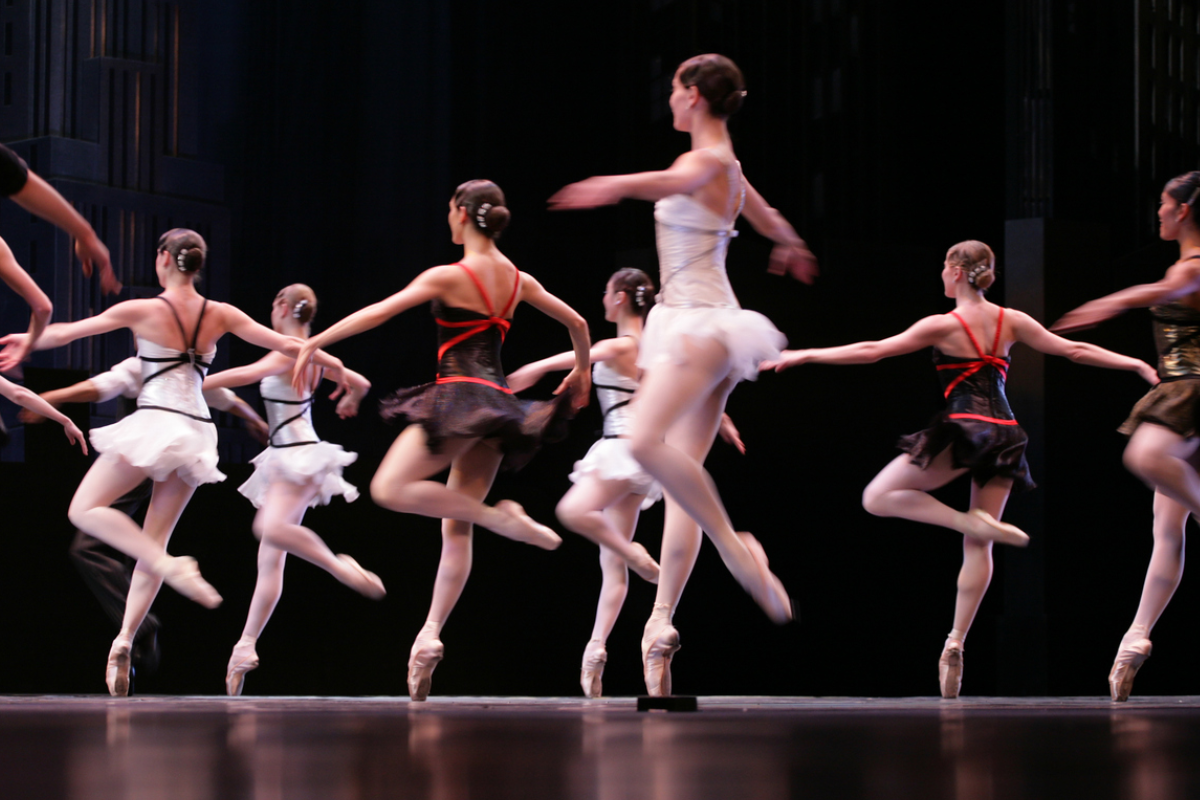
Photo: jeancliclac/iStock
Arts, culture and heritage workforce ‘90% white’
Findings from a new report using census data to map the arts, culture and heritage workforce across England, Wales and Northern Ireland underscores inequalities in gender, ethnicity and social class across the sector.
The arts, culture and heritage workforce in England, Wales and Northern Ireland is less ethnically diverse than the general workforce, according to the findings of a new report.
The Creative Industries Policy & Evidence Centre’s (Creative PEC) latest report, Arts, Culture and Heritage: Audiences and Workforce, published today, is the first to use census data from 2021 to document the demographics of the sector’s workforce.
The research found 90% of people working across arts, culture and heritage are white, compared with 85% the general workforce figure.
READ MORE:
- 'Institutional change' needed to boost creative sector diversity
- Initiative aims to tackle socio-economic inequality in theatre
While there are slightly larger percentages of people with mixed or multiple ethnic groups in the sector, Black and Asian people were found to be underrepresented in arts, culture and heritage roles when compared with other occupations, by 2.8% compared with 3.8% for Black people and 4.5% compared with 8.7% for Asian people.
The report says the analysis reinforces existing research that arts, culture and heritage occupations are “a site of ethnic inequality”. “Most of these occupations had larger-than-average percentages of white people, and Black and Asian people were particularly underrepresented relative to other occupations,” it explains.
Elsewhere, the research found large gender differences in certain occupations. While dancers (84%), artists (61%) and librarians (80%) were predominantly women, 72% of musicians and 71% of photographers, audio-visual and broadcasting equipment operators were men. Men also made up two thirds (66%) of managers and directors in the creative industries.
Meanwhile, the majority (60%) of arts, culture and heritage workers were found to have grown up in a household where the main income earner was in a managerial or professional role – significantly more than the workplace average of 43%. In film, TV, video, radio and photography roles, 8.4% of people identified as being from a working-class background.
Bernard Hay, Creative PEC Head of Policy, said the research shows the likelihood of someone participating or working in arts, culture and heritage varies significantly depending on a range of factors including gender, disability, ethnicity, social class, or geographic location.
“It also shows the picture can be very different depending on the type of activity or job,” he said. “Viewed together and in the context of funding challenges for UK arts, culture and heritage, as well as a cost-of-living crisis, this report shows that we still have a long way to go to address social inequalities in many parts of the sector.”
Inclusivity
The report’s lead author, Dr Mark Taylor, said that while the overall picture is one of “sustained inequality in both workforce and audience diversity”, some areas were identified where arts, culture and heritage could be considered more inclusive than other sectors.
“For example, workers are more likely to be LGBTQ+, and in terms of participation in some creative activities, for example creative writing, disabled people are more likely to participate,” he said.
The report found every single arts, culture and heritage occupation to have a smaller percentage of heterosexual workers than the averages across the general workforce. Meanwhile, a larger percentage of people working across the sector reported a disability or condition than in the workforce more broadly, by 21% compared to 18%.
“Overall, we have shown that there are significant variations across arts, culture and heritage occupations. No single occupation was marked out as the primary site of inequality, with over or under-representations in every single group,” the report says. “Instead, we see occupations that differed substantially from the overall workforce in some ways and were very similar in others.”
Dashboard
Creative PEC’s analysis using census data is available via a dashboard and online map. The organisation says the data will give local policymakers the tools to understand their arts, culture and heritage sub-sectors, identify local specialisms and help inform development plans and investment decisions.
In the report’s conclusion, the authors say that considering the longstanding nature inequalities, “business as usual for the sector will not be an effective response”.
Hay called for ambitious policy making to help shift the dial. “We hope our continued monitoring of data in this area will provide a useful reference point for those working to address social inequalities in the sector,” he added.
PEC’s report is the latest in its State of the Nations series, following on from analysis of the creative industries’ service exports, published in March.
Join the Discussion
You must be logged in to post a comment.